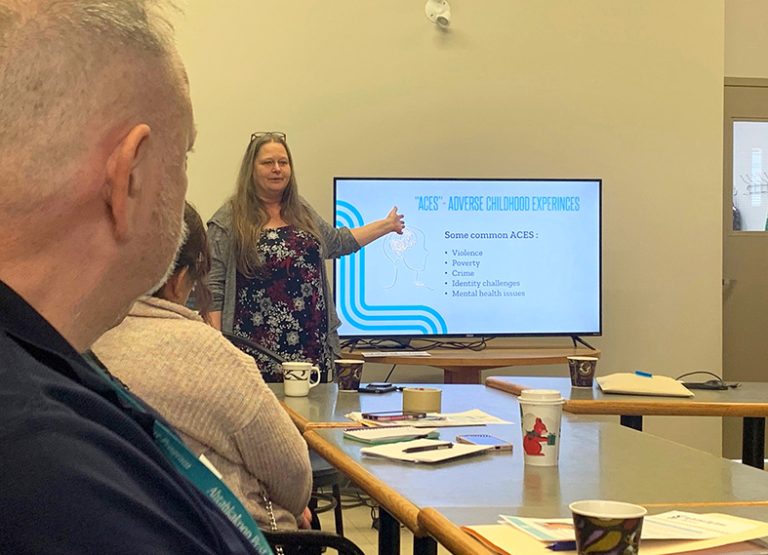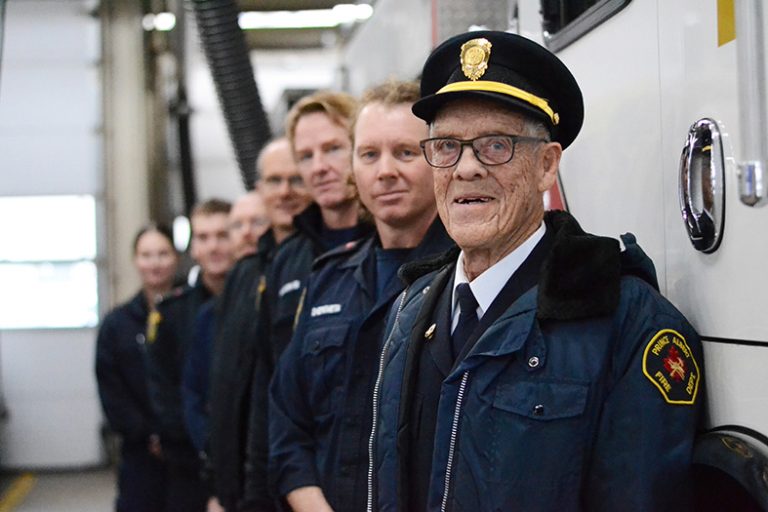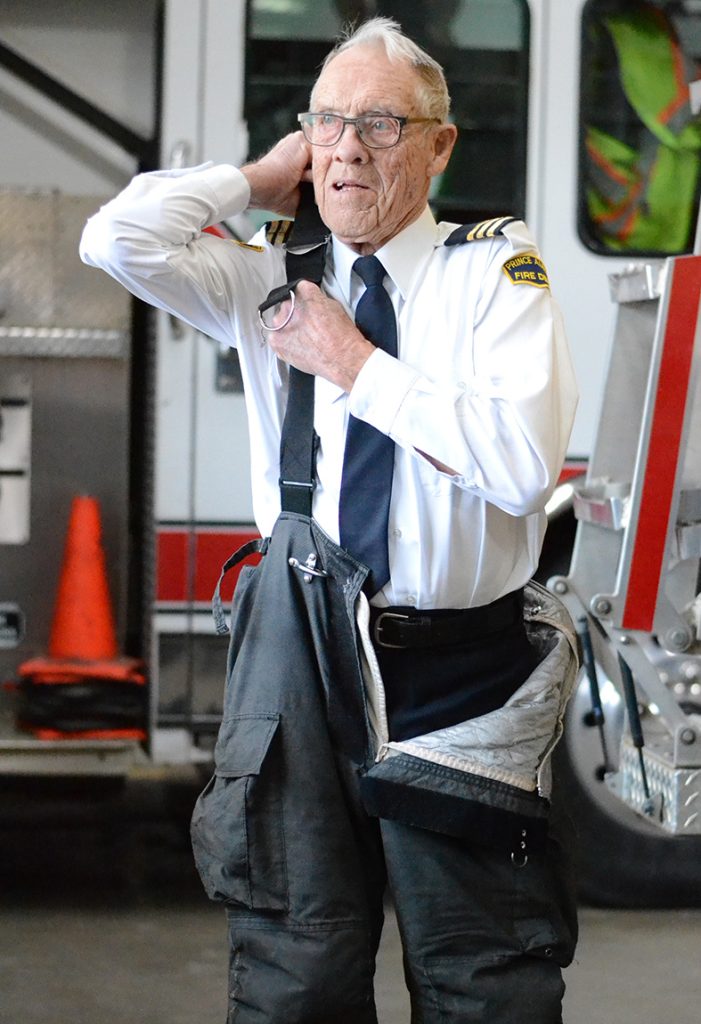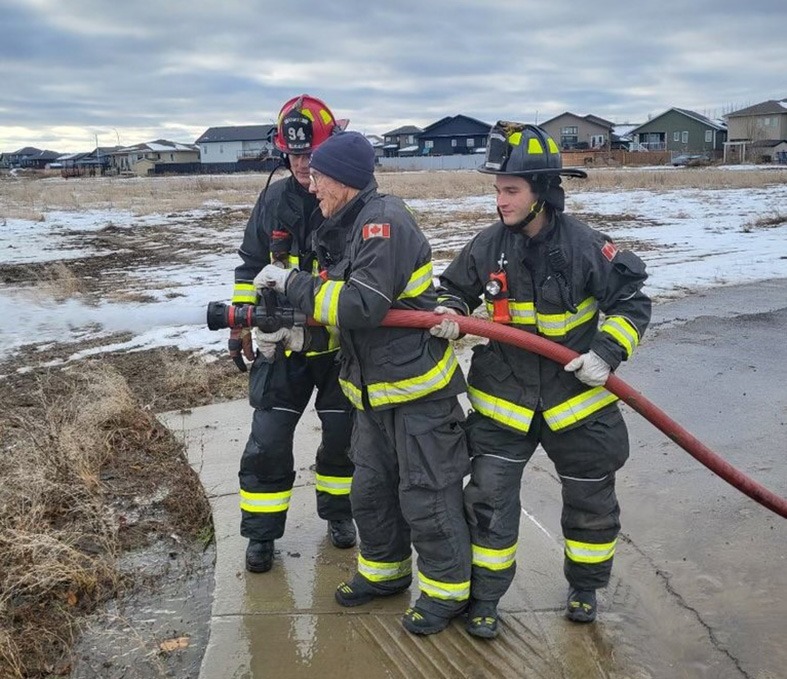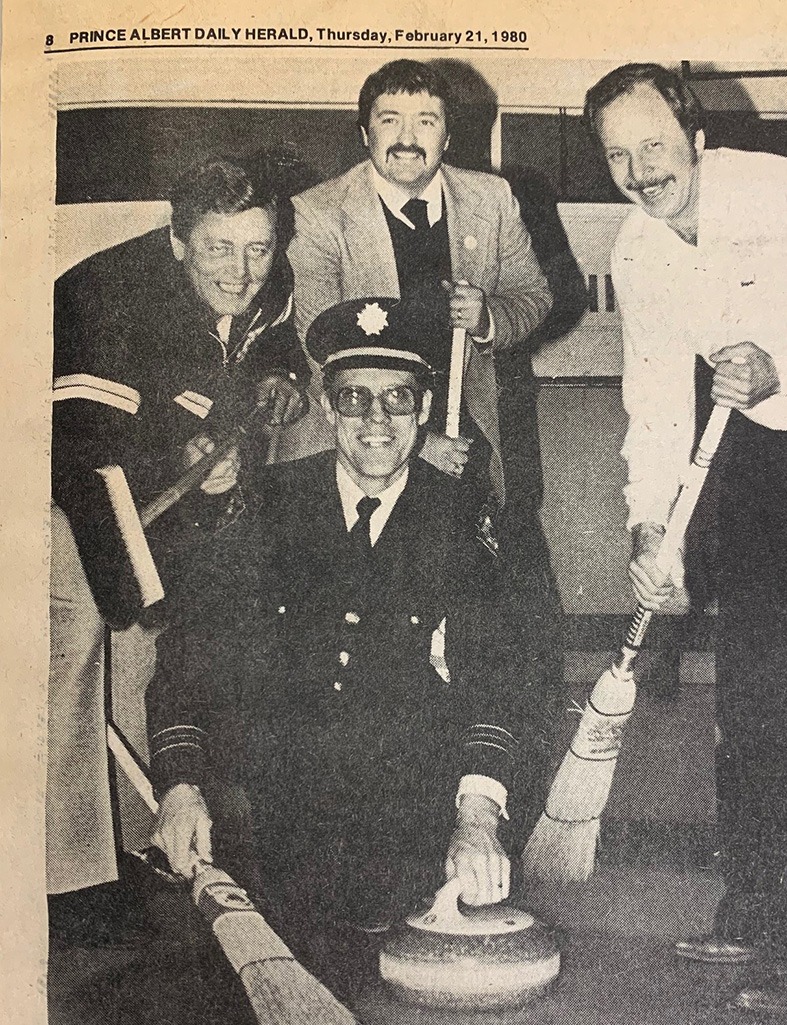The Trudel Family is reviving a holiday tradition in support of Prince Albert’s newly-opened hospice.
The family band will be putting on their 15th annual Christmas concert in Albertville for the first time since COVID-19 struck in 2019.
In lieu of tickets, they ask for donations each year to a cause close to their hearts. Past shows have supported purchasing a defibrillator for their home community, a tractor in a third-world country, and baby items for mothers in need.
This year, donations will go towards the Rose Garden Hospice.
“It’s been burning in my heart for quite a while, so I reached out. A friend of mine is on the board, so we kind of talked a little bit and we went for a visit to the hospice and I just feel very at peace, like this is where we should be raising awareness,” said Janice Trudel.
Janice sings and plays bass guitar, accompanied by her husband Colin and their four children, Janaya, Jolissa, Graeme, and Declan. Graeme’s fiancée will also be playing at the concert.
“I started listening to the music just to practice and I started to feel very joyful, and that’s what I hope that people who come will experience,” she said.
“We just hope that people can come out and have fun and have a sense of community again.”
In the past, Janice said supporters of the band will travel for the concert from outside communities, such as Melfort and Spiritwood. The Christmas concert has become a time for the group to reunite, she said.
“It’s just like family. It truly is like coming home and seeing your auntie that you haven’t seen for a year.”
The Rose Garden Hospice held its grand opening in August, and was prepared to host its first guests in mid-September. The facility is intended to provide a comfortable space for terminally-ill patients.
While the association reached its fundraising goal of about $4 million for the build, Chair Darcy Sander said there’s still a need.
“A concert like this really raises the awareness and I think the appreciation of the hospice,” he said.
“These things take money to operate.”
The hospice is hoping to purchase five air mattresses, which come with a price tag of about $2,000 each, along with nine lift chairs at about $1,200 each. Other wants include furniture for the quiet room and staff lounge, as well as to fund a volunteer coordinator position.
“I’m a bit of a musician myself, and so we’ve participated in different shows together throughout the years,” said Sander about his relationship with The Trudel Family.
Sander said Janice was invited on a tour of the hospice, where she was touched by the dedication of the community to fund such an important facility.
“It’s very homey in there. As you walk in, it just feels different,” she said.
“I think it’s another aspect of health care that we really haven’t seen in our area of the province.” The Christmas concert is set to take place on Dec. 16, starting at 7 p.m., at St. James Parish in Albertville. The concert will also feature other performers, including the Albertville Angels Choir.



